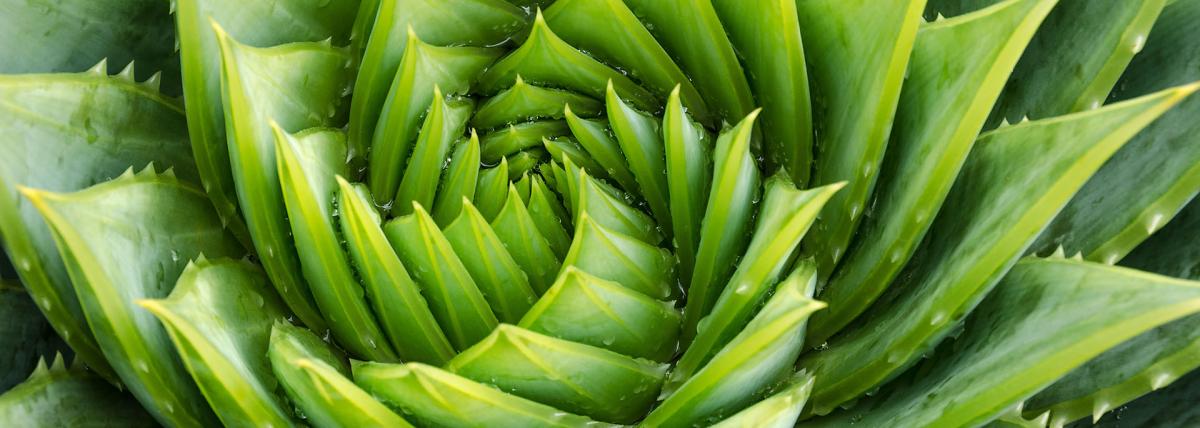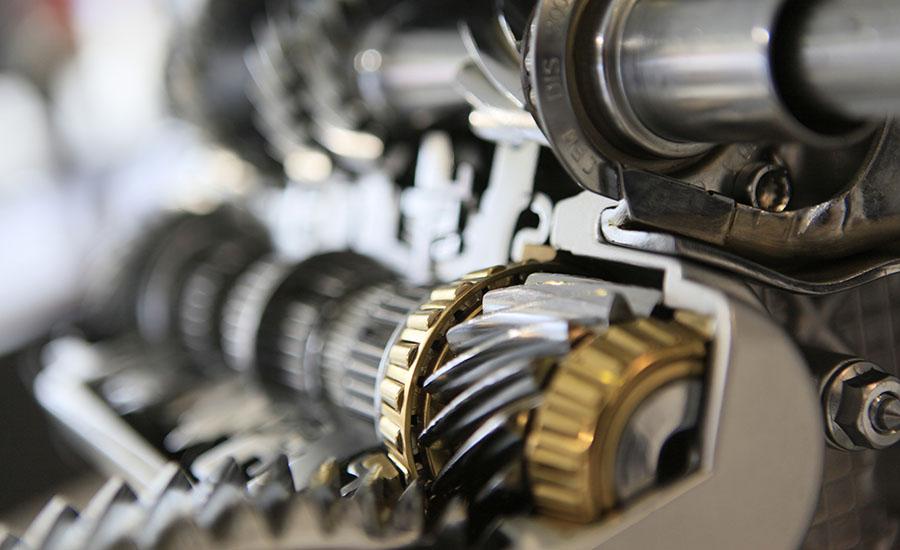
Students will use the story "The Mice Who Lived in a Shoe" to design and build a new house for the mice. They will work collaboratively to complete this project. The house will have to protect the

Students will use the story "The Mice Who Lived in a Shoe" to design and build a new house for the mice. They will work collaboratively to complete this project. The house will have to protect the

Students make a terrarium from rocks, soil, and plants to understand how 4 spheres and water cycle work in a closed system.

Students will identify a problem, time-telling, and use it to create sundials. They will conduct an experiment and use the data to show how the sun moves in relation to the Earth in the sky. After

In this lesson, students will embark on an exciting exploration of greenhouses. They will discover how greenhouses provide a special environment for plants to grow by letting in sunlight and trapping

This lesson is an introduction to the parts of a plant and how the parts help the plant get nutrients for grades K-2. Students will have an opportunity to plant and care for a plant at the end of the

This is a lesson plan about creating a vermicomposting bin. This explains how vermicomposting helps in keeping the environment clean and also how it helps create rich soil which is important for

Mad For Magnets is a lesson plan for K-4th grades. Scholars will learn about magnets, how they attract and repel, north and south poles to apply to the assigned challenge. Scholars will design and

From this lesson, students will discover how friction affects how things move. This is an excellent activity that will allow students to be creative and build a marble run to show friction. This

With this introductory lesson on Newton's Laws, student will have the opportunity to understand and explain Newton's 3 laws through a hands-on experience. This is an excellent way to introduce physics